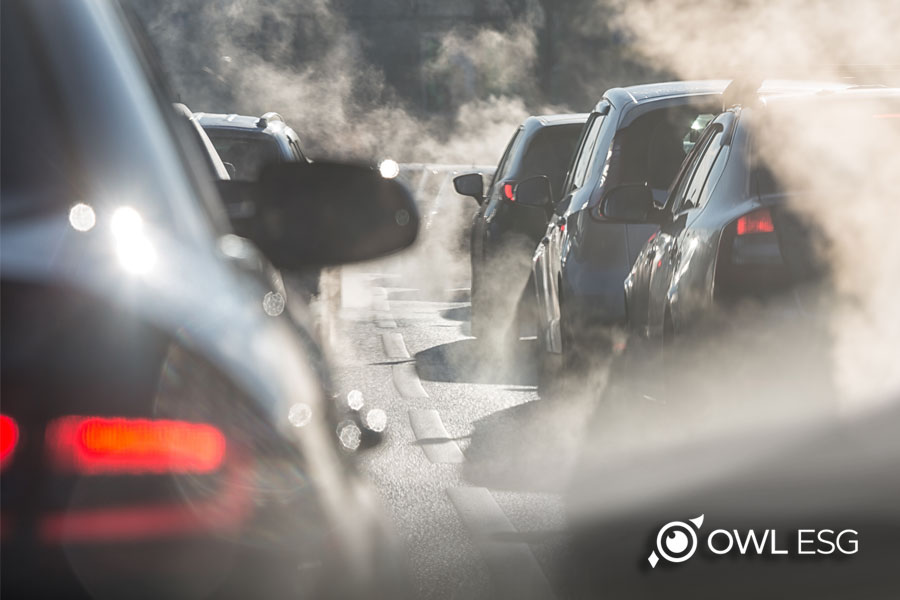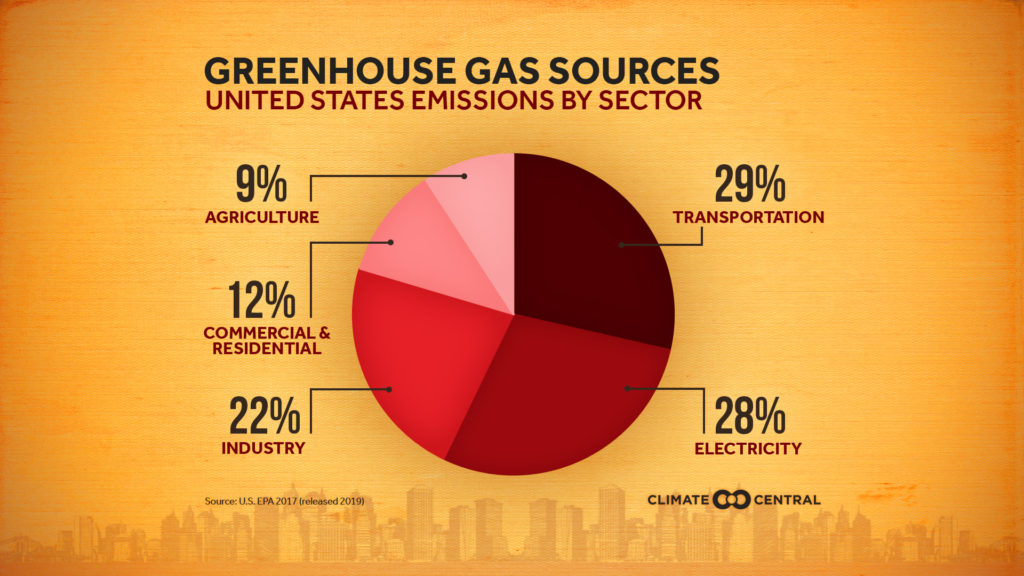In an era defined by environmental consciousness, the impact of vehicle emissions on our planet cannot be understated. The Environmental Protection Agency (EPA) plays a pivotal role in regulating car emissions, striving to balance the need for personal transportation with the urgency of reducing our carbon footprint. So, buckle up as we delve into the EPA’s rules regarding car emissions, explore alternative energies as a solution, and examine the impact and perspectives surrounding these initiatives.
Shaping the Road Ahead: EPA’s Car Emission Rules
The EPA’s car emission rules aim to cut vehicle-related air pollutants. These standards were approved by the EPA in December 2021. They span four model years (2023 to 2026) and require a 28.3 percent emissions reduction.
The EPA argues that these regulations are crucial for limiting transportation sector GHG emissions, the U.S.’s top GHG contributor.
By 2050, the agency estimates that its new restrictions could eliminate 3.1 billion tons of CO2, reduce U.S. gasoline use by over 360 million gallons, and potentially save up to $420 billion in fuel costs.
Fifteen states, generally led by Republicans dependent on fossil fuels for their economies, have filed a lawsuit against the EPA to block its current climate change regulations for vehicles—and will likely challenge new ones. On the flip side, states like California, New York, Maryland, and Massachusetts, which represent significant car-buying markets, are progressing with their individual bans on vehicles powered by fossil fuels.
While the EPA can encourage manufacturers to produce more electric vehicles (EVs), the larger hurdle lies in consumer adoption. A recent poll by the Associated Press and the University of Chicago indicated that 41 percent of Americans are somewhat inclined to choose electric for their next vehicle, but affordability remains a primary concern. EVs often come with higher price tags compared to their gasoline-powered counterparts, a problem exacerbated by inflation and rising interest rates. Existing EV owners are also grappling with challenges related to charging infrastructure, and the charging blocks represent another cost.
Balancing Act: Environmental and Financial Implications —The Pros and Cons
The impact of EPA rules on car emissions is multi-faceted, with both environmental and financial implications.
Environmental Impact
EPA rules have led to a reduction in carbon dioxide emissions and other pollutants. This has contributed to cleaner air and a lower overall carbon footprint. However, in transitioning from fossil fuels to renewables, large supplies of critical metals like cobalt, lithium, and nickel are required. Shortages of these could result in increased costs of clean energy technologies. [TS1]
The human supply chain and the external environment have significantly impacted these minerals. Natural disasters, especially flooding, have become a leading cause of mineral supply disruptions[TS2] , potentially releasing hazardous waste from mining or storage. Heightened drought occurrences in production areas and increased water usage in ore processing underscore water sustainability’s critical importance. Notably, copper and lithium face vulnerability due to their high-water needs; over 50 percent of lithium production is in high-water stress areas. Climate change’s effects, including more frequent droughts and altered water patterns, will crucially affect mineral supply stability.
Financial Impact
From a financial standpoint, adhering to stricter emissions standards has led to innovations in vehicle design and engineering. This has spurred the development of more fuel-efficient vehicles, reducing the long-term cost of fuel for consumers. In fact, drivers have the potential to cut fuel expenses by up to $14,500 over a 15-year span when choosing EVs over gasoline-powered cars.
The global shift towards zero-emission vehicles is already in progress. Recognizing the presence of these industry-backed solutions, the revised EPA emission standards provide greater confidence for American enterprises to invest in and propel innovative zero-emission technologies.
The EPA enforces regulations targeting vehicle-related pollutants despite opposition. These standards are key to cutting transportation GHG emissions from the transportation sector, the top U.S. contributor. By 2050, they could result in the elimination of nearly a third of U.S. emission, reduce fuel use dramatically, and ultimately save consumers money.
States like Texas and California highlight the complexity of this transition. As we anticipate the growth of EVs, affordability remains a core challenge for consumers. Increasing vehicle size affects efficiency in electric and conventional engines.
Environmentalists and economists call for broader solutions beyond EVs, emphasizing public transport and urban redesign. EPA rules speed decarbonization but must align with comprehensive net-zero strategies and be palatable politically and legally to gain traction.
Achieving cleaner emissions and sustainable transportation demands cooperation, innovation, and a comprehensive approach. As industries, governments, and individuals work together, the road ahead offers the promise of a greener, more responsible transportation future.





